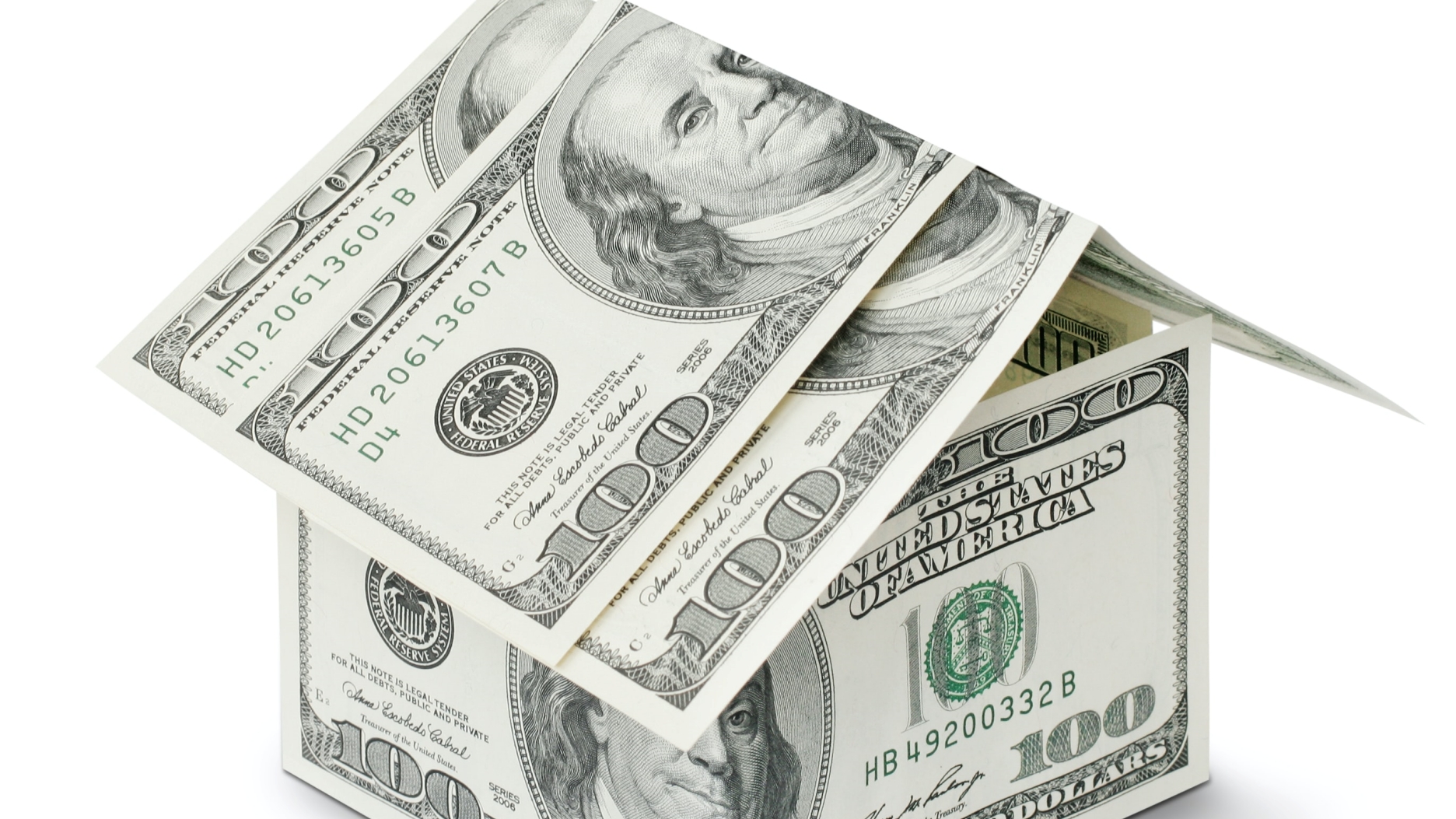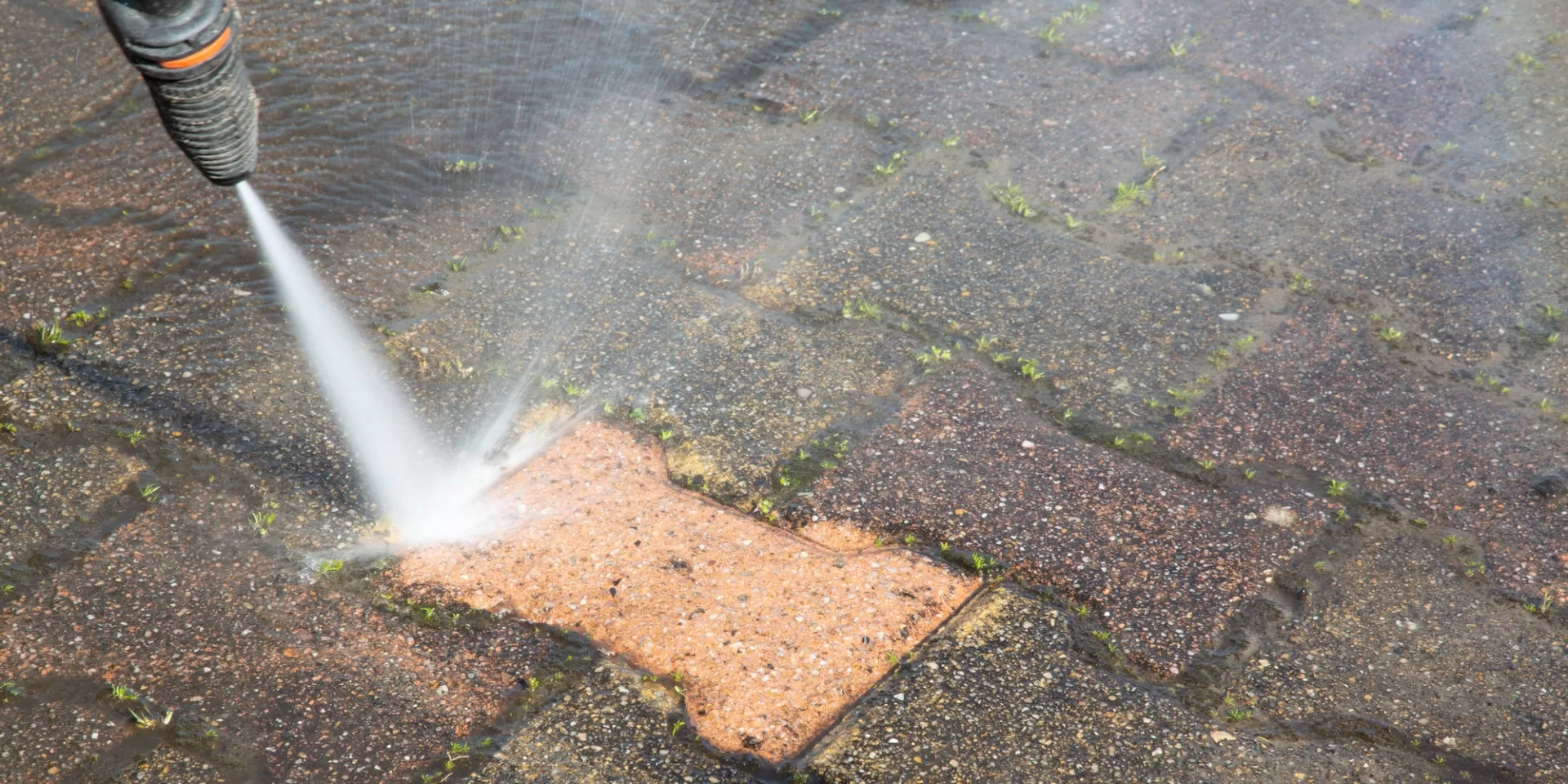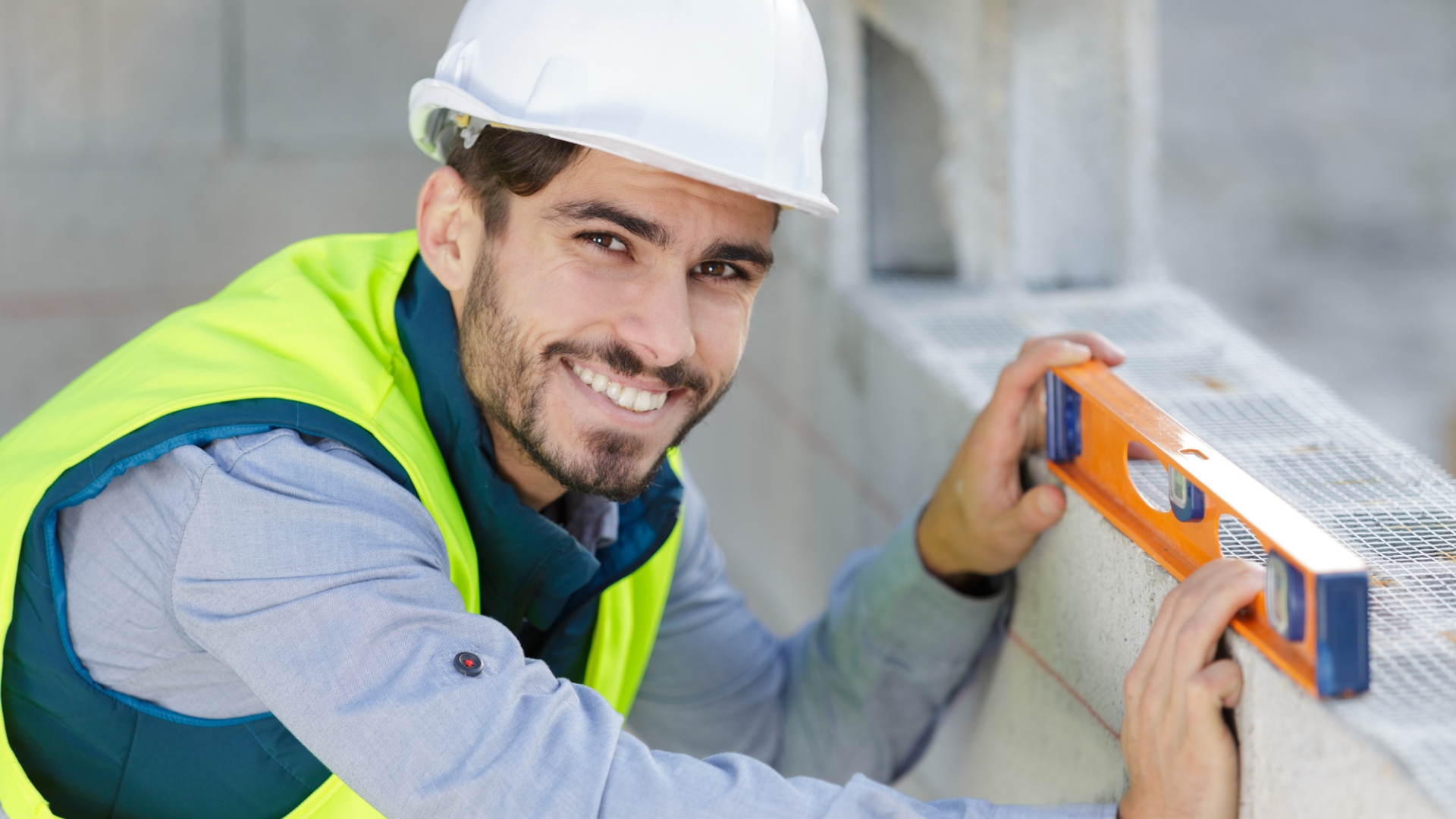In 2024, modern architecture is not just about sleek designs and innovative aesthetics—it’s about integrating durability, functionality, and sustainability. Concrete is at the heart of this architectural evolution, a material fundamental to building practices for centuries. This article explores how concrete influences modern home design and why it continues to be the foundational element in contemporary architecture.
The Evolution of Concrete in Modern Architecture
Concrete has evolved from a primary construction material into a key player in modern architectural design. Technological advancements in concrete and innovative construction techniques have significantly enhanced its versatility and functionality, making it the preferred choice for today’s architectural projects.
Key Benefits of Concrete in Modern Architecture
Durability
Concrete has earned a reputation for durability and resistance to various environmental conditions. For example, the Louisiana State Capitol in Baton Rouge, completed in 1932, illustrates concrete’s ability to endure severe weather. Numerous hurricanes and heavy rains have tested the building’s robust concrete structure, consistently maintaining its structural integrity and demonstrating its resilience in challenging climates.
Sustainability
Recycled materials and their long lifespan enhance concrete’s sustainability. A notable example is the Bosco Verticale (Vertical Forest) in Milan, Italy, which showcases this. The towers use recycled concrete to minimize urban heat islands and promote biodiversity. This project exemplifies the contribution of modern concrete practices to environmental sustainability by using environmentally friendly materials and designs.
Versatility
Concrete’s versatility is evident in its ability to adapt to different architectural styles and functions. The Guggenheim Museum in Bilbao, Spain, designed by Frank Gehry, features a complex, sculptural concrete form that redefined modern architecture. The innovative use of concrete enabled the creation of the museum’s distinctive, flowing shapes and textures, showing that concrete can be molded to achieve diverse aesthetic and functional outcomes.
Energy Efficiency
Concrete’s thermal mass plays a crucial role in enhancing energy efficiency by effectively regulating indoor temperatures. The Earthship Biotecture in New Mexico, USA, uses rammed earth and concrete to create energy-efficient homes that maintain stable temperatures year-round. The concrete’s thermal properties reduce the need for artificial heating and cooling, resulting in lower energy consumption and costs.
Design Your Dream Home
Put yourself in the shoes of an architect tasked with designing a modern home for a family in Baton Rouge. Your goal is to create a functional, stylish, and sustainable space.
Ready for a challenge?
Design Brief:
The family seeks a home that combines indoor and outdoor living areas magnificently, incorporates eco-friendly materials, and requires minimal maintenance. In what ways can you incorporate concrete to meet these objectives?
Questions to Ponder:
- Durability: How can you use concrete to ensure the home endures Baton Rouge’s weather conditions?
- Sustainability: What sustainable practices can you incorporate into the concrete design to align with the family’s environmental goals?
- Versatility: How can you leverage concrete’s versatility to achieve the home’s practical and aesthetic elements?
- Energy Efficiency: In what ways can concrete’s thermal properties contribute to energy savings and comfort?
Design Considerations:
Consider including concrete flooring for a unified indoor-outdoor space, decorative concrete walls for visual interest, or a concrete patio that complements the overall design. How will you balance functionality with style?
Reputable Concrete Companies: Why They Matter
Wondering how to guarantee your project’s success? It starts with picking the right concrete company!
Opting for a top-tier company grants you access to unparalleled local expertise, guaranteeing that the concrete mix aligns perfectly with your region’s unique conditions. These skilled professionals don’t just deliver concrete—they provide meticulous execution and tailored solutions, whether you need intricate decorative elements or robust structural components. The company’s skill in combining precision and creativity ensures a superior finish that elevates your project’s function and aesthetics. Collaborating with a reputable concrete company is vital for achieving results that surpass expectations and realizing your architectural vision.
Conclusion
Concrete isn’t just a building material; it’s the backbone of modern architecture in 2024. With its unmatched durability, eco-friendly qualities, and versatile design options, concrete is the top choice for today’s home construction. Partnering with the right concrete company for your project can turn your architectural vision into reality with exceptional results.
Ready to elevate your home design with high-quality concrete solutions? Contact Baton Rouge Concrete Contractors today and unleash the power of their expertise to turn your dream modern home into a stunning reality.











